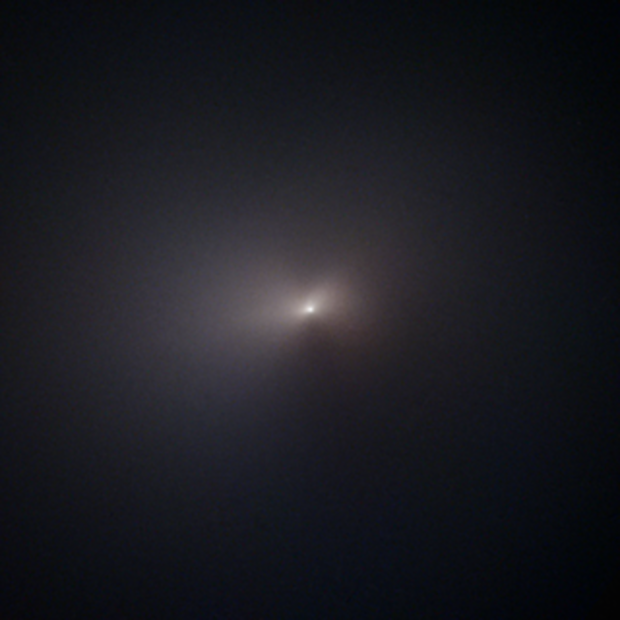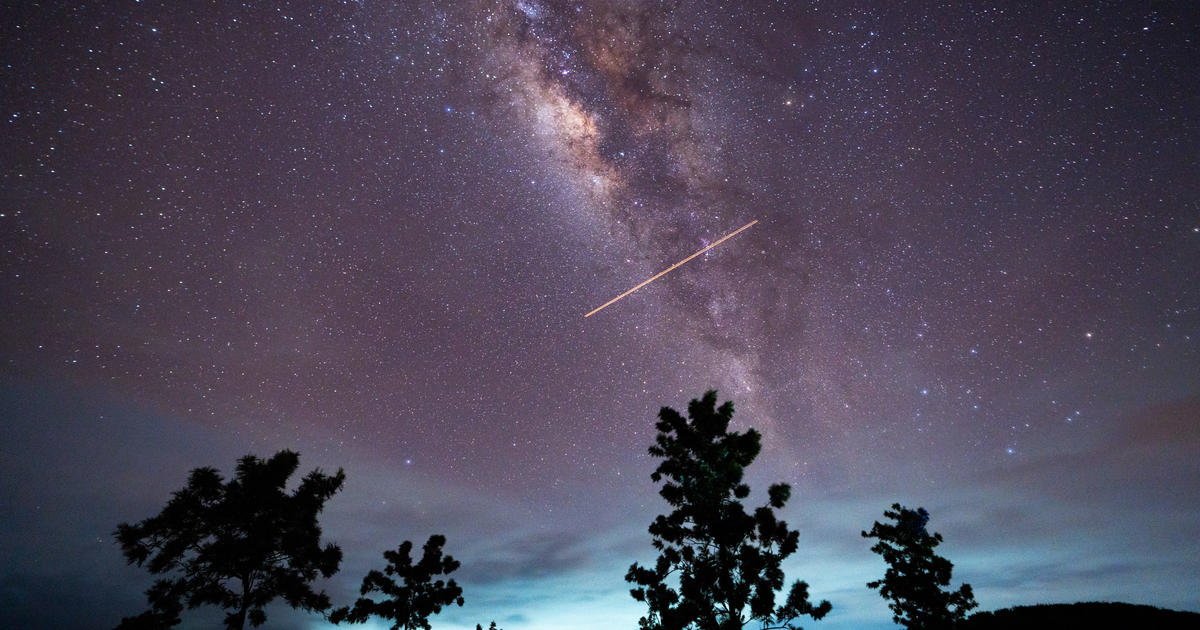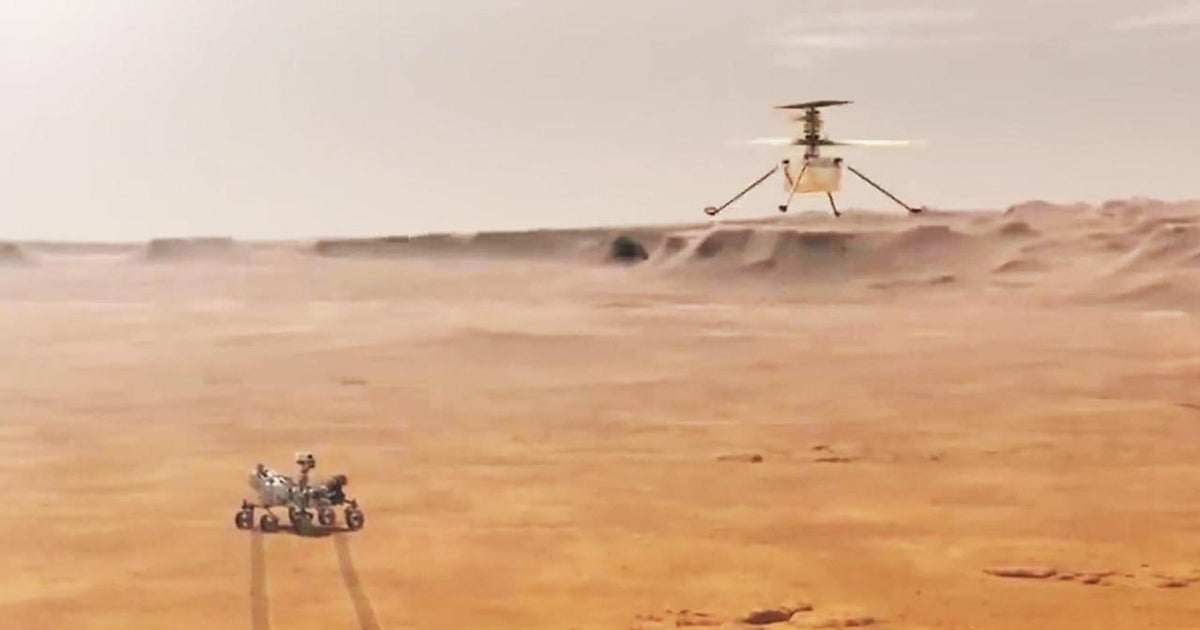New Hubble image captures comet Neowise surviving its journey around the sun
Neowise, the once-in-a-lifetime comet that gave skywatchers spectacular views during the month of July, is unique in more ways than one. A new image from NASA shows the comet survived its recent journey around the sun — remaining intact when many of its counterparts would have broken apart.
A stunning image from NASA's Hubble Space Telescope captures C2020 F3 NEOWISE on August 8, after it passed by the sun in July on its way to Earth. While the comet's icy core is too small — no more than 3 miles — to be seen by Hubble, the telescope was able to capture the "gossamer shell of gas and dust" surrounding the nucleus, which measures about 11,000 miles across in the photo.
NASA said it marks the first time Hubble has captured such a high-resolution image of a comet of this brightness after so close a pass by the sun.
Neowise reached its closest point to the sun on July 3, passing within 27 million miles of our star — closer even than Mercury. At that distance, NASA said it is common for comets to break apart under the intense heat and gravitational stress, but the Hubble image reveals that Neowise's nucleus remained intact.
"Hubble has far better resolution than we can get with any other telescope of this comet," lead researcher Qicheng Zhang of Caltech in Pasadena, California, said in a press release. "That resolution is very key for seeing details very close to the nucleus. It lets us see changes in the dust right after it's stripped from that nucleus due to solar heat, sampling dust as close to the original properties of the comet as possible."
NASA said the image may reveal the color of the comet's dust and how its color changes as it zooms away from the sun — helping scientists study how heat from the sun affects the composition and structure of comet dust. From there, researchers can possibly learn more about the early years of our solar system, when the dust first formed.
The recently-discovered comet's closest approach to Earth came July 22, at a distance of about 64 million miles. For weeks, skywatchers around the world delighted in stunning views of Neowise from Earth.
Neowise, the brightest comet seen in the Northern Hemisphere since Hale-Bopp in 1997, is now heading past the outer solar system. It is traveling at a whopping 144,000 miles per hour, and won't return for nearly 7,000 years.





